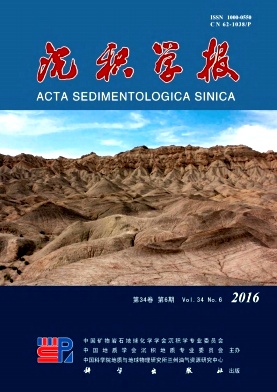Genetic Classification of Sedimentary Barites and Discussion on the Origin of the Lower Cambrian Barite-rich Deposits in the Yangtze Block, South China
doi: 10.14027/j.cnki.cjxb.2016.06.004
- Received Date: 2016-05-19
- Rev Recd Date: 2016-07-04
- Publish Date: 2016-12-10
-
Key words:
- Barite /
- Paleo-ocean /
- the Lower Cambrian
Abstract: Barites are widely distributed in sedimentary records with various geological characteristics and formation processes. In general, sedimentary barites can be subdivided into marine (or biogenic), hydrothermal, diagenetic and cold seeps barites. The sedimentary environments, macro- and micro-occurrences, geochemical features (especially Sr and S isotopes) and corresponding geological implications of these four barite subtypes are controlled by the origin of barium- and sulfate-fluids (seawater, diagenetic porewater or hydrothermal fluids) and related interaction process (in seawater column, sediment column, sediment-water interface or hydrothermal system). In addition, this study further introduces the geological features of the Lower Cambrian barite-rich sediments in the Yangtze Block, South China, and summarizes the enrichment mechanisms having been proposed for these barite deposits and argues on their reconciliation and biases with geological features and processes. Based on the paleo-oceanic context during the Ediacaran-Cambrian transitional period, integrated sedimentological and geochemical researches together would provide better constrains on the origins of the Lower Cambrian barium-rich deposits in the Yangtze Block.
| Citation: | ZHOU XiQiang, YU Hao, HUANG TaiYu, ZHANG LiYu, ZHANG GongJing, FU Yong, CHEN DaiZhao. Genetic Classification of Sedimentary Barites and Discussion on the Origin of the Lower Cambrian Barite-rich Deposits in the Yangtze Block, South China[J]. Acta Sedimentologica Sinica, 2016, 34(6): 1044-1056. doi: 10.14027/j.cnki.cjxb.2016.06.004 |






 DownLoad:
DownLoad: